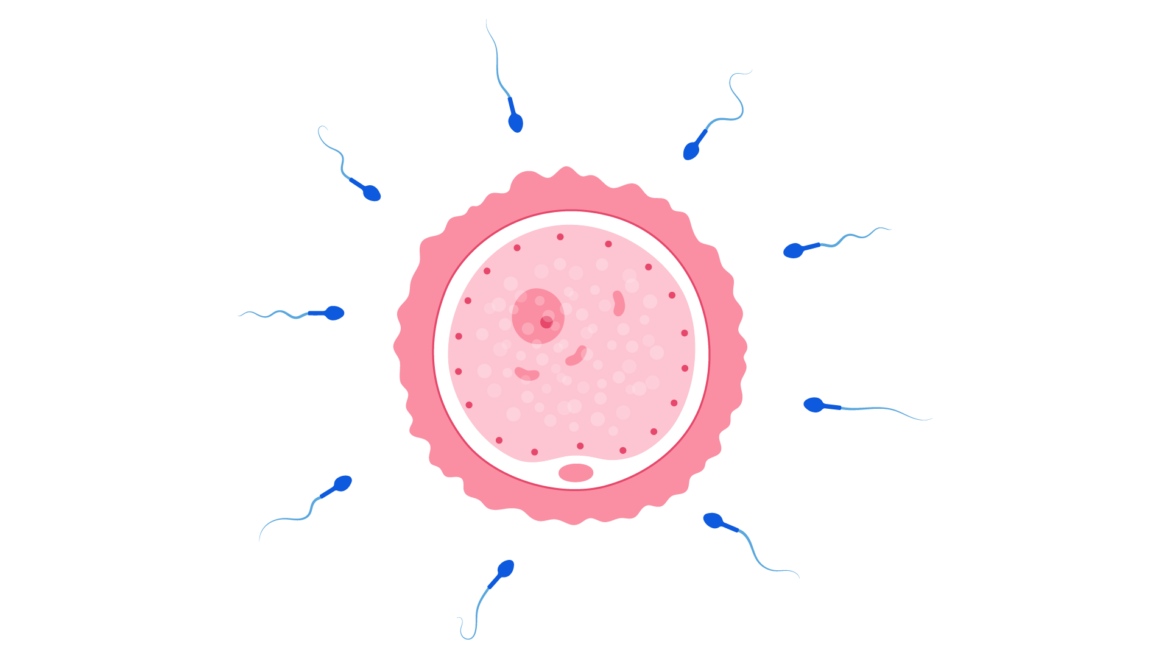PESA is a surgical sperm retrieval procedure performed on men who suffer from obstructive azoospermia. Azoospermia is a medical term that refers to the absence of sperm in the ejaculate. When there is a blockage or obstruction in the reproductive system, sperm cannot be present in the semen, leading to obstructive azoospermia.
Sperms are extracted from the epididymis during this procedure. Sperm are kept in the epididymis, a part of the testicle.
Other infertility issues for which PESA is helpful
- Semen with low sperm concentration
- Although sperm are created, they cannot go past the epididymis.
- Absolute lack of sperm
- Semen with dead sperms
- Alack of or reduced sperm motility
Advantages of PESA
- Simple surgical procedure: PESA does not require complex surgical procedures. It is minimally invasive and done quite quickly.
- Non-open surgery: PESA does not require open surgery. This lowers the likelihood of problems and facilitates a quicker recovery.
- Reduced risk of complications: Compared to more invasive treatments, PESA carries reduced risks. Possible risks tend to be small and can be managed.
- Time-efficient: The PESA process itself is quite quick
However, the advantages may differ based on your specific condition. Hence it’s crucial to consult with a fertility specialist to decide whether PESA is the choice for your specific situation.
PESA and success rate
PESA has a comparatively good success rate in 60 to 65 per cent of cases. It is considered one of the most effective methods in the case of obstructive Azoospermia.
Risks involved in PESA
ESA is considered a safe procedure for sperm retrieval. However but there can be some possible side effects like infection, pain, Haematoma (bleeding outside of blood vessels) and, swelling & discolouration in the scrotum
The information provided here is only general information. It is not intended to be a substitute for expert medical guidance. Always consult your doctor for advice and the right information for specific conditions.
Disclaimer


